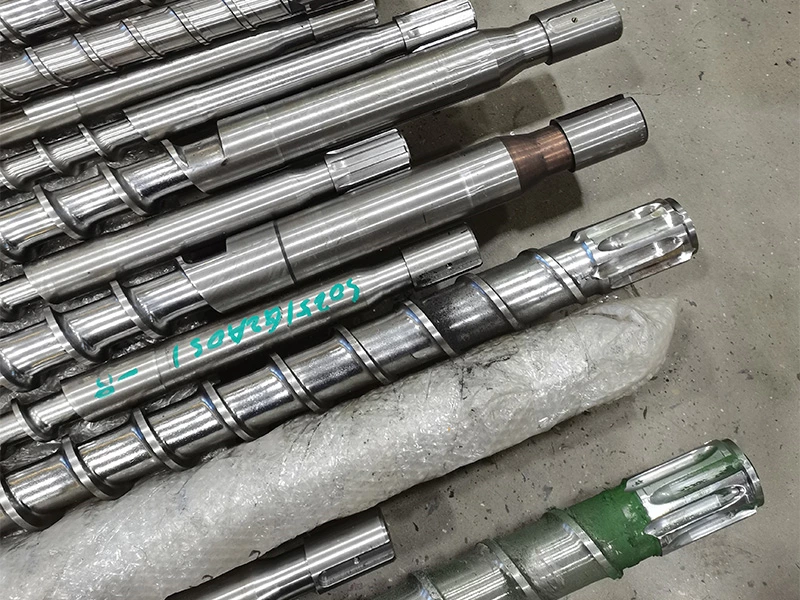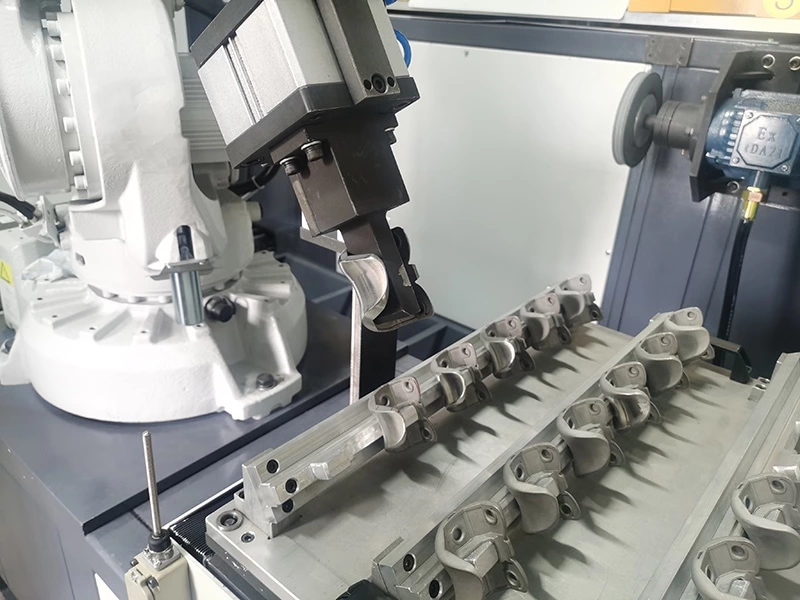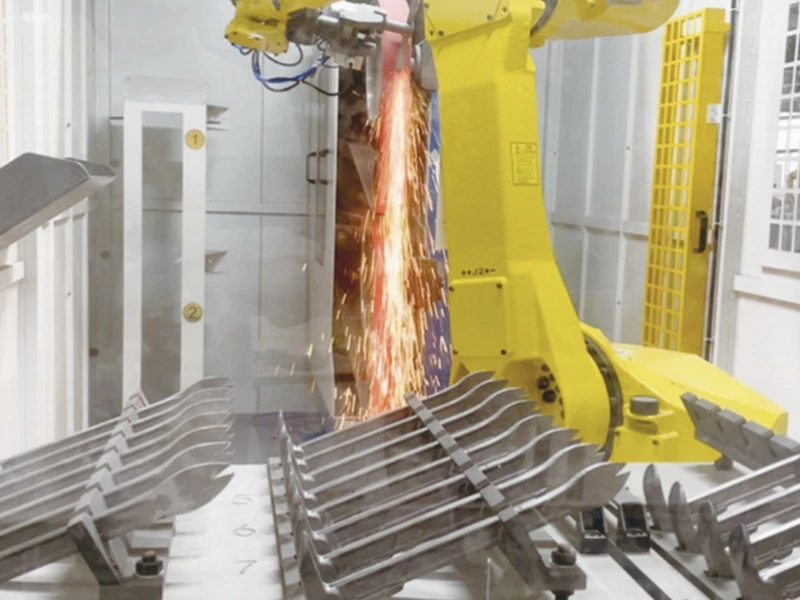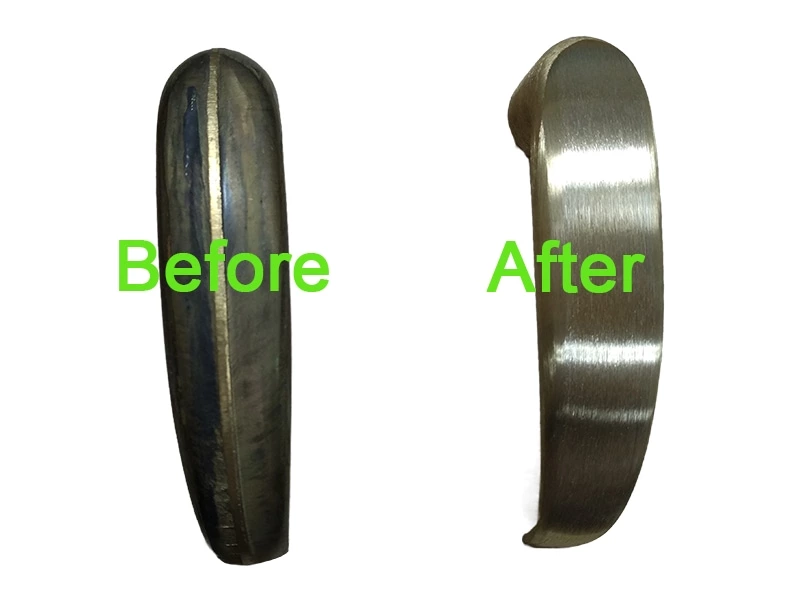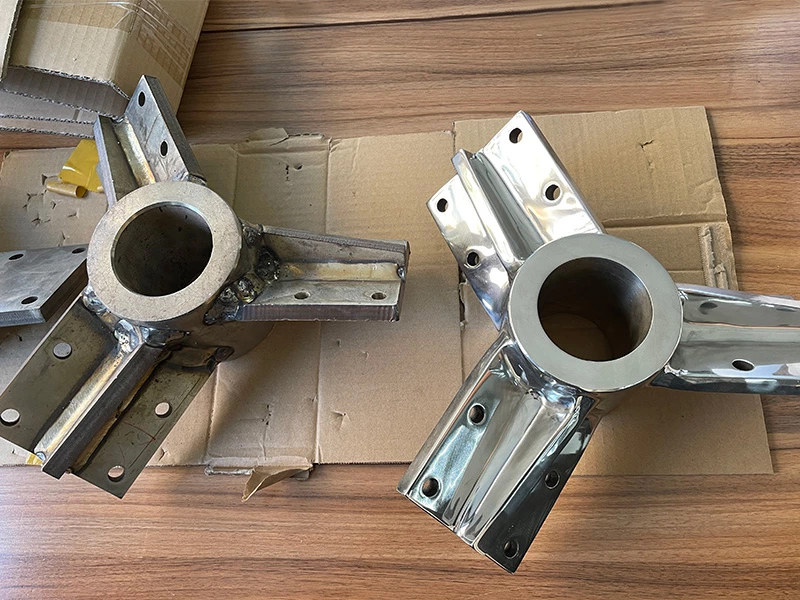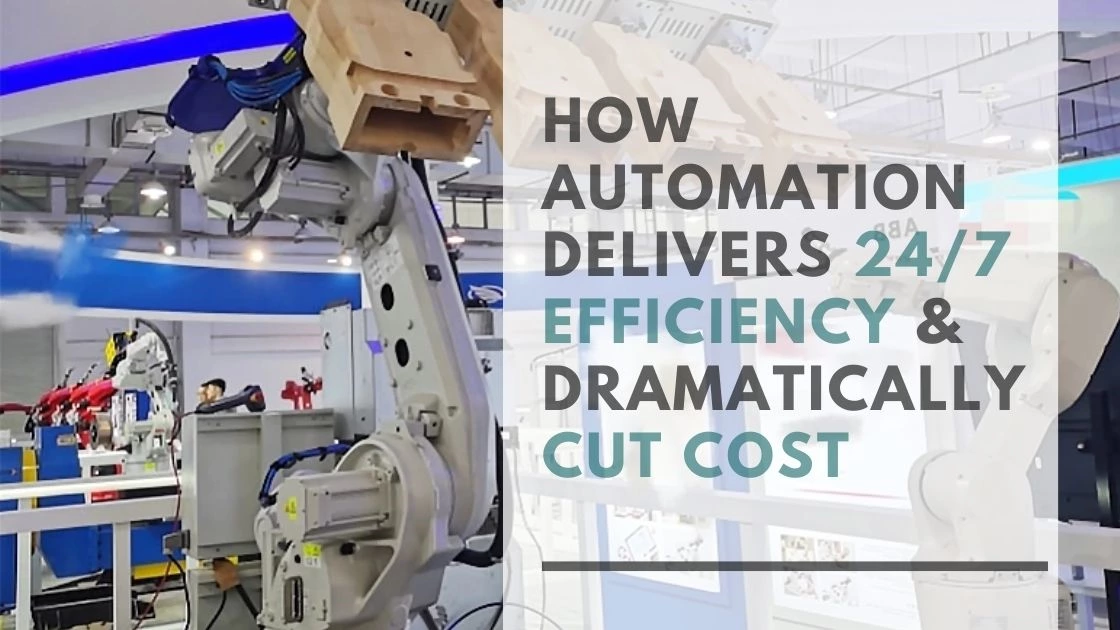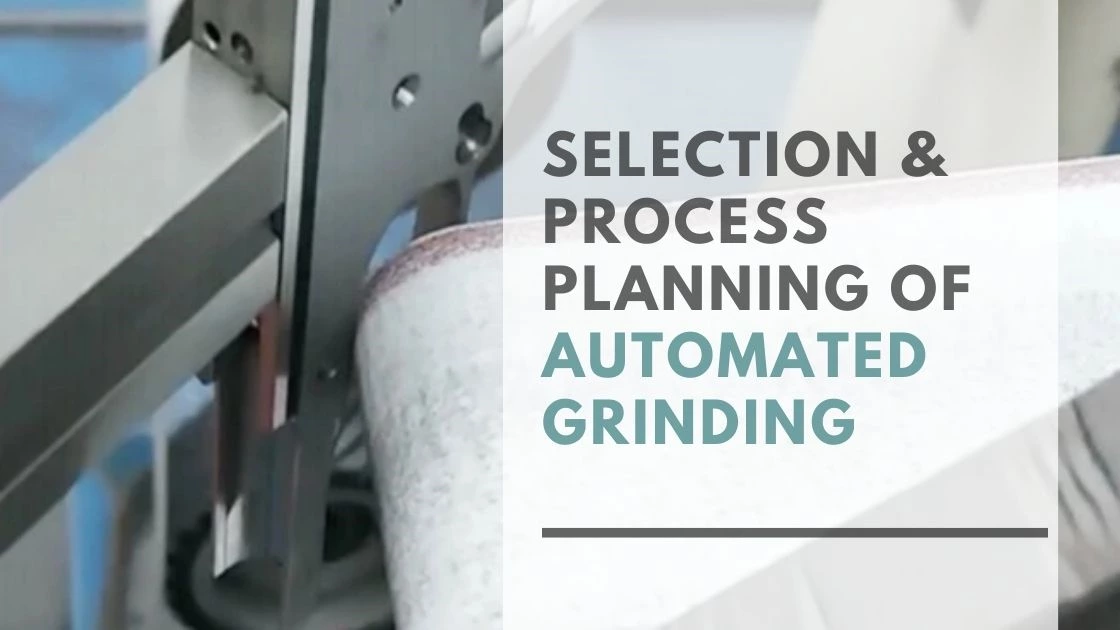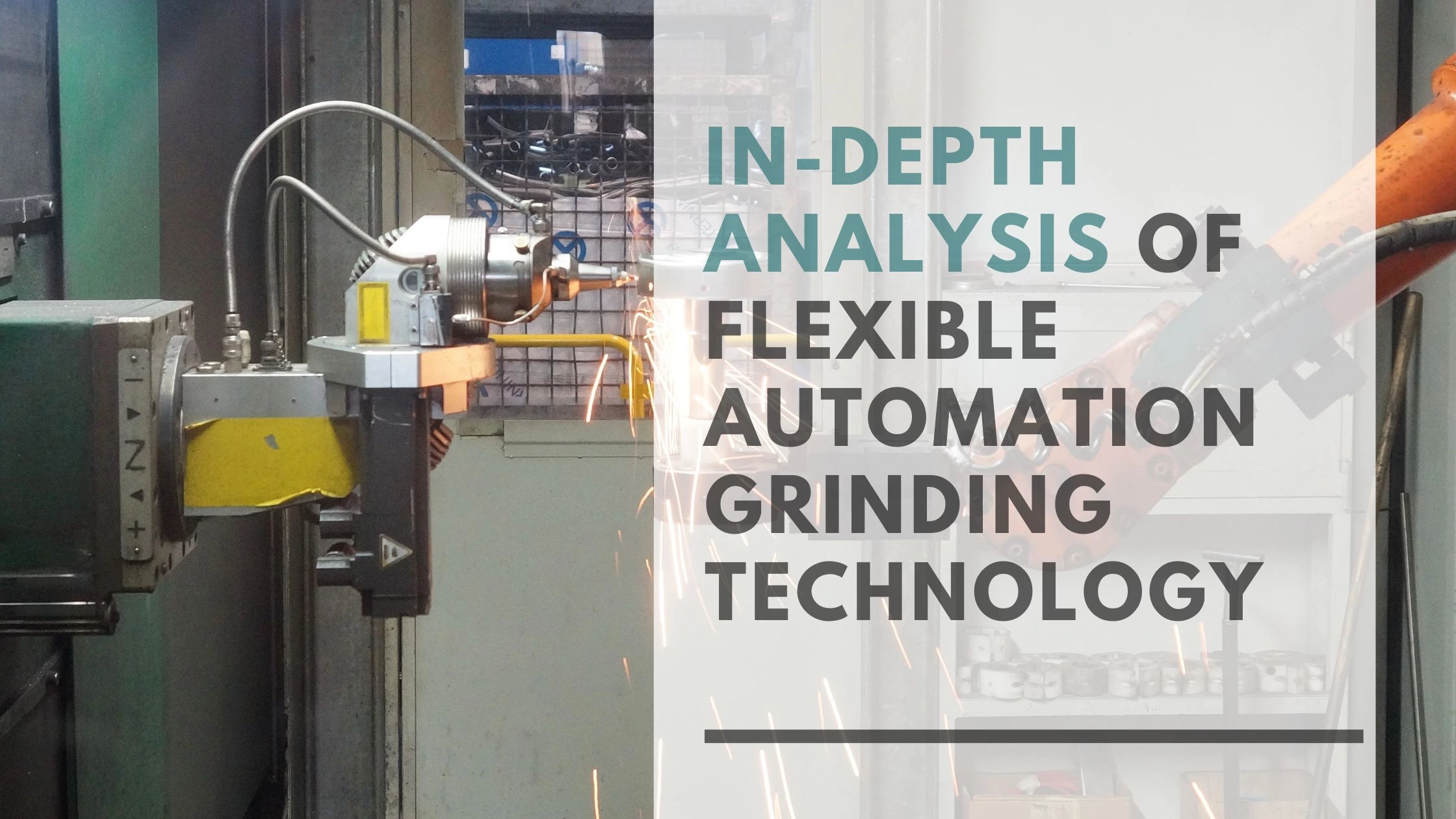Robotic Grinding and Polishing Line Explained: From Material Recognition to Final Output
In modern factories, grinding and polishing are key processes in making products smooth, shiny, and ready to use. But doing this work by hand is slow, tiring, and inconsistent. Workers get tired, quality goes up and down, and dust fills the air. That’s why more companies are switching to robotic grinding and polishing lines. One of the leading solutions in this space comes from Kingstone Robotics.
Let’s take a closer look at how a full robotic grinding line works step by step.
1. How Robots Know What to Polish: Smart Product Recognition
Every grinding job is different. Some products are small, some are large. Some need fine polishing, others need strong grinding. That’s why Kingstone systems start with a product recognition system. Using high-resolution cameras and smart software, the system looks at each product and identifies what type it is. It can see the size, shape, and position.
Then, the system picks the right grinding program automatically. This saves time and prevents mistakes. Workers don’t need to change programs manually or worry about errors. This kind of smart recognition is key to flexible manufacturing.
2. No Hands Needed: Fully Automatic Loading and Unloading
In traditional workshops, workers must move each product by hand. This is slow and risky. Robotic systems from Kingstone use robotic arms with special grippers. These arms pick up each product and place it in the right spot for grinding.
The arms can also handle odd-shaped items. Even if a product is not in the exact same place on the tray, the robot can adjust. This means more flexibility and less human work.
Kingstone also offers double-station setups. While one product is being ground, the robot can load or unload another. This keeps the system running non-stop. It increases efficiency and keeps the grinding process continuous.
3. The Heart of the System: Precision Robotic Grinding and Polishing
This is the heart of the system. Industrial robots like ABB, KUKA, or FANUC are used. These robots copy the motions of a skilled human worker—but with more precision and without getting tired.
Key features include:
- Force control: The robot adjusts how hard it pushes, so the grinding is just right.
- Auto tool compensation: When the grinding wheel wears down, the system adjusts for it.
- Auto waxing: Polishing needs wax. The robot adds it automatically.
- Multiple tools: Systems can include sanding belts, polishing wheels, chamfering tools, and more.
These tools help the system handle all types of work—from rough grinding to shiny mirror polishing. Whether you're working on aluminum parts, bathroom hardware, or medical implants, the process stays stable and consistent.
4. Keep Things Moving: Smart Transfers Between Every Step
After grinding, the product needs to move to the next step. Kingstone uses smart conveyor belts, roller tables, or AGV robots (automatic guided vehicles). This makes sure every product moves smoothly from one station to another.
If one station is busy, the product can wait in a buffer zone. This avoids delays and keeps the whole line running smoothly. It also helps manage the pace of production when different parts take different times to process.
This flexibility is useful for factories that need to switch products quickly or run many kinds of products in one line.
5. The Brain of the Operation: Real-Time Control and Feedback
The brain behind everything is Kingstone's smart control system. It includes:
- A touchscreen panel to operate the system
- A computer to record data
- Sensors to detect problems
- Alarms to warn about tool breaks or jams
It even stores data from every product: how long it took, what pressure was used, and more. If there's a problem later, you can track exactly what happened. This is useful for quality tracking and improving production over time.
This closed-loop system means the robot not only follows orders but also adjusts itself based on real-time feedback. If something starts to go wrong, the system can catch it early.
6. Done and Checked: Automatic Output with Smart Inspection
Once polishing is done, the system can automatically place the finished product into a bin or onto a tray. Some setups include cameras or sensors to check for scratches or dents.
The best part? All results are saved. If a customer ever asks about product quality, you can pull up the exact grinding details for that product. That gives factories confidence and makes it easier to pass audits.
With visual inspection and auto-sorting, Kingstone helps factories build quality control into the process itself.
Why Manufacturers Love Kingstone's Robotic Grinding Line
Kingstone's system is not just a group of machines. It’s a full solution with smart coordination between all steps. Here's why many companies prefer it:
- Stable: Runs 24/7 with no drop in quality
- Efficient: One robot can do the work of several people
- Consistent: Every product is polished the same way
- Data-driven: Tracks and saves every detail
- Safe and clean: Less dust, fewer risks for workers
- Easy to adapt: Works with different products and materials
From bathroom faucets to car wheels to medical parts, Kingstone has delivered over 1,000 robotic systems to factories worldwide. Clients value their ability to deliver, customize, and support these systems.
Ready to Upgrade? Here’s Why Kingstone Should Be Your First Choice
Grinding and polishing may sound simple, but doing it well at scale is complex. With Kingstone's robotic solutions, factories can boost output, reduce costs, and keep quality high.
A robotic line also helps manufacturers reduce dependence on skilled labor, which is becoming harder to find. And because the systems are modular, companies can start small and expand over time.
If you're looking to upgrade your grinding and polishing process, Kingstone is ready to help.
Visit our website for more: www.kingstonerobotec.com

